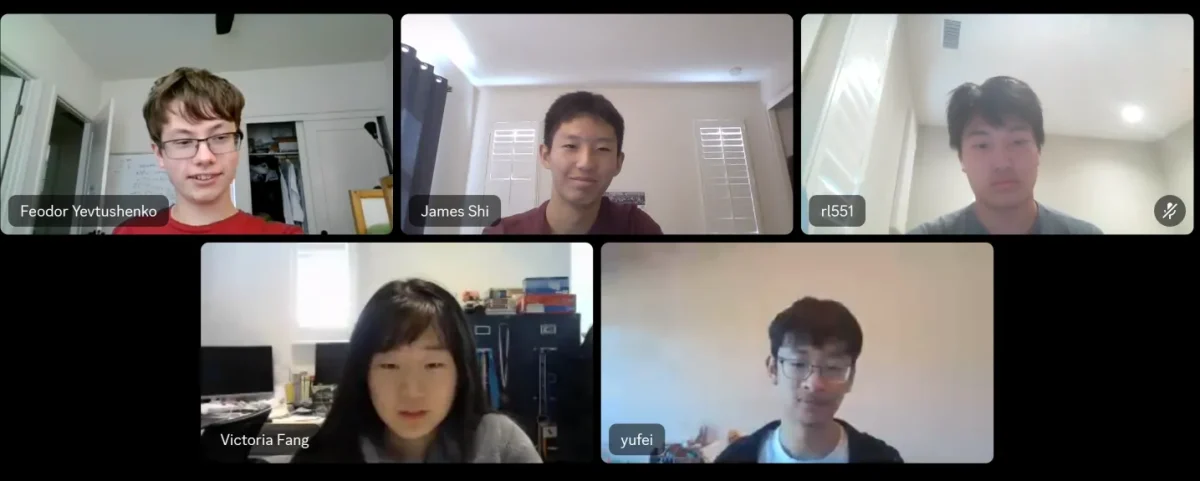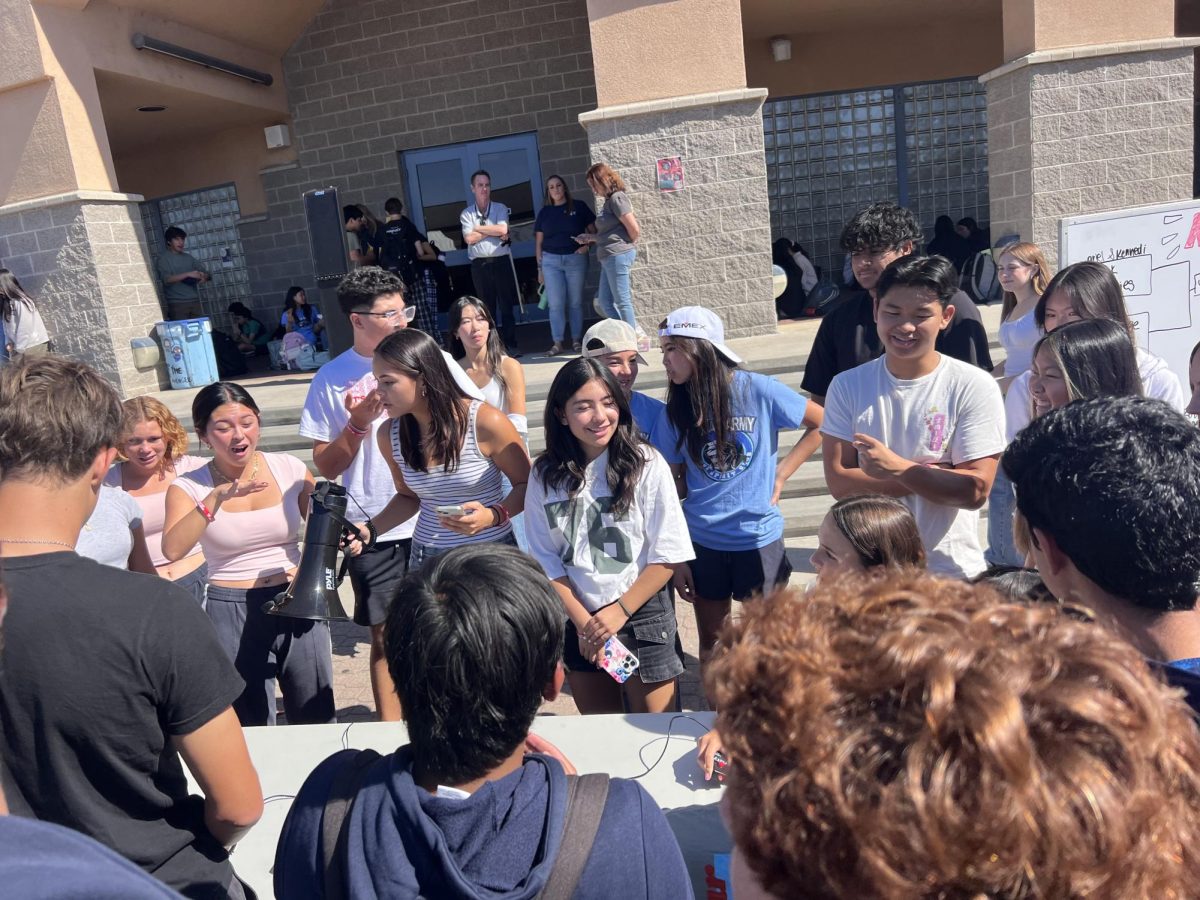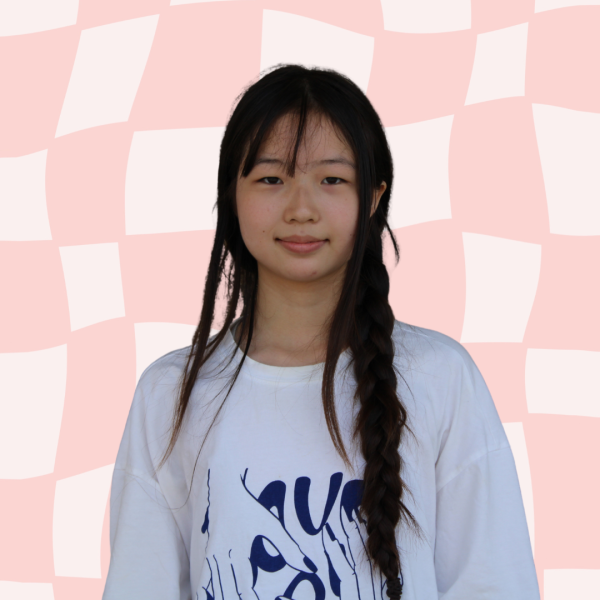On Nov. 22, the UHS Physics Club Team A placed first among U.S. high school physics teams in the online Physics Brawl competition. The competition featured a three-hour online team contest primarily for high school students worldwide. The UHS Physics Club sent three teams, each consisting of up to five members, to the competition. Team A members include sophomore Feodor Yevtushenko, junior Yufei Chen, junior Victoria Fang, senior Raymond Luo and senior James Shi. Team B members include freshman Timothy Chen, freshman Virat Varada, sophomore Aly Eltalawy, junior Michael Li and senior Sudarsh Kunnavakkam. Team C members include freshman Elaine Pang, freshman Andy Pang, sophomore Nethra Iyer, sophomore Ishan Vannadil and junior Lester Luo.
Participants are divided into teams in four categories: Category A, Category B, Category C and Open. To start, each team is given seven questions. For each correct problem, teams receive a new question from that series, with a reduction in points for incorrect answers. The aim is to gain as many points as possible through effective collaboration. Communication is restricted to within the team.
Some contestants highlight their anticipation and enthusiasm toward this fast-paced competition, noting their sense of achievement from participating in the competitive event for a few years.
“We were very excited since we have competed for the past three years and this is the best that we have ever done,” Shi said. “We placed much higher than expected and were able to beat many teams with university students.”
UHS contestants strategically used their physics knowledge to tackle difficult problems. Through collaboration, teams produced innovative solutions.
“For the competition, our team mainly relied on our prior physics knowledge and experience,” Yevtushenko said. “During the contest itself, we split up the problems and worked on them in groups of one to three people.”
Many teams developed unique tactics targeting challenging problems. This involved developing individual and collective problem-solving methods and decision-making processes.
“During the competition, we each chose one question to answer and then solved it,” Iyer said. “If we were sure of the answer, we’d enter it. Otherwise, we’d ask another teammate to verify [the answer] via chat. If there was a very tough question, we’d all work on it together.”
Some members reflected on previous, similar problems that they had successfully solved.
“My strategy is to think of past problems that I’ve done that are similar to the current problem,” Yevtushenko said. “Then, I think about what techniques I used to solve those questions and this helps me come up with potentially helpful ideas for attacking the current problem.”
Other team members find it easier to approach challenging situations by solving them visually.
“I start by making sure I understand what the question is asking for,” Iyer said. “If possible, drawing a quick diagram to represent the situation can help in finding out possible equations and strategies. ”
The UHS Physics Team was able to achieve impressive results. Team A placed first among U.S. high school teams and ranked sixth internationally in the rigorous competition with more than 1,200 teams. Team members reflected on their personal growth and the skills they developed as the competition concluded.
“I learned to be very persistent and be careful at every step of the process,” Iyer said. “I also learned how to effectively collaborate with the team in order to achieve a higher score.”
Ultimately, the UHS Physics Team’s victory demonstrates their diligent efforts within the field of physics as well as their commitment to their teams.






![“The amazing science club, unite[s] to experiment new ways to grow their knowledge” Miles Hexun said.](https://uhsswordandshield.com/wp-content/uploads/2024/11/IMG_5875-e1731965934409-1200x723.jpg)



